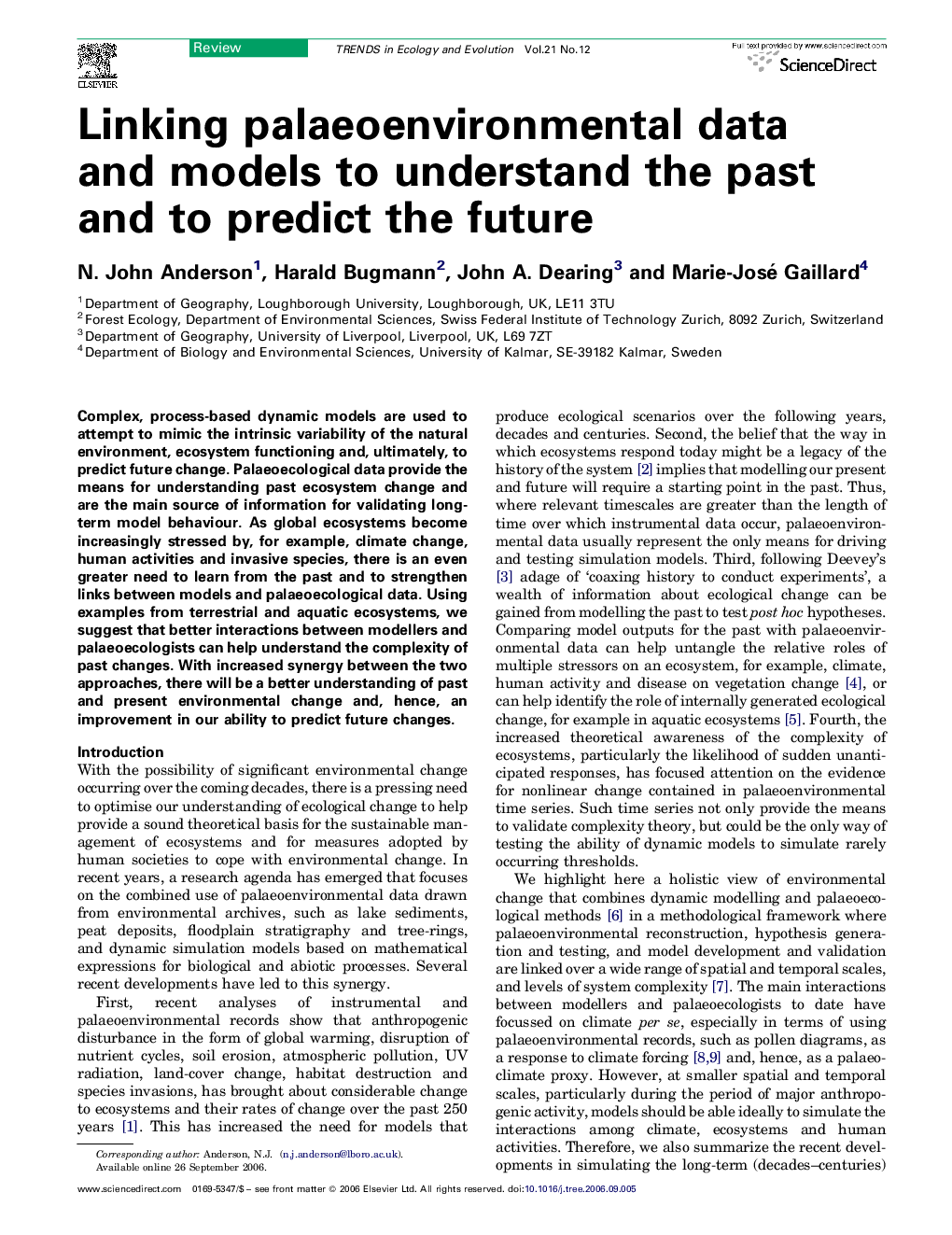| Article ID | Journal | Published Year | Pages | File Type |
|---|---|---|---|---|
| 143236 | Trends in Ecology & Evolution | 2006 | 9 Pages |
Complex, process-based dynamic models are used to attempt to mimic the intrinsic variability of the natural environment, ecosystem functioning and, ultimately, to predict future change. Palaeoecological data provide the means for understanding past ecosystem change and are the main source of information for validating long-term model behaviour. As global ecosystems become increasingly stressed by, for example, climate change, human activities and invasive species, there is an even greater need to learn from the past and to strengthen links between models and palaeoecological data. Using examples from terrestrial and aquatic ecosystems, we suggest that better interactions between modellers and palaeoecologists can help understand the complexity of past changes. With increased synergy between the two approaches, there will be a better understanding of past and present environmental change and, hence, an improvement in our ability to predict future changes.
